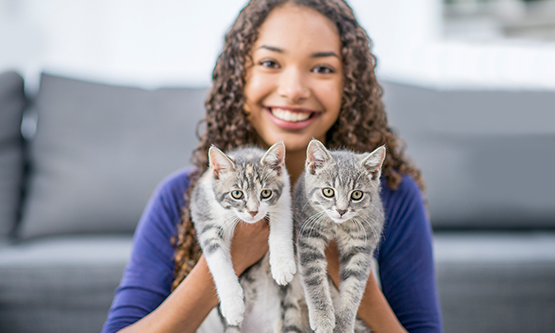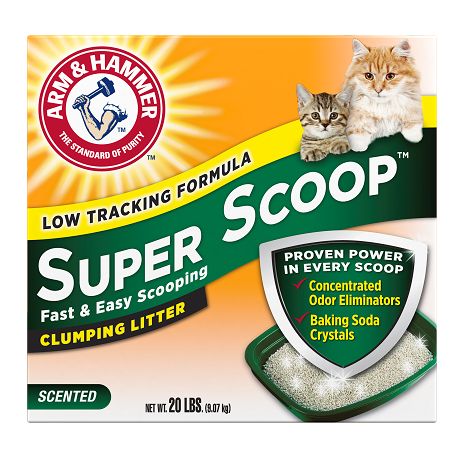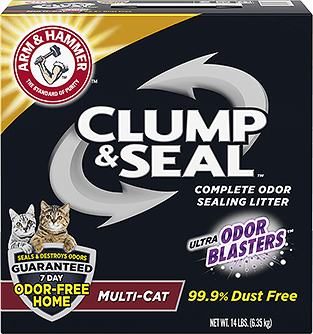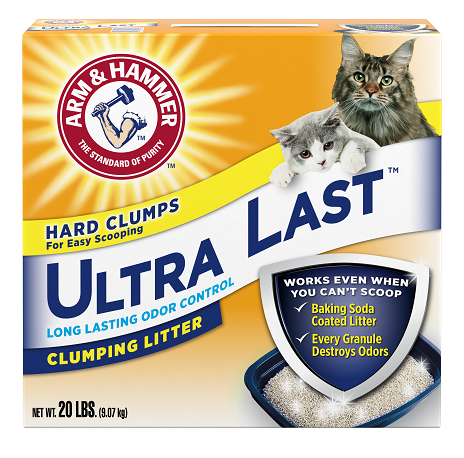Determine What You’re Looking For in A Family Cat
Before you take the plunge and bring home the first kitty you see, there are some questions you’ll want to ask yourself to ensure you and your new purring pal are a good match for each other. Additionally, if you have other cats in your home, you’ll want to make sure your old and new friends will adapt to each other and your multi-cat litter.
While some people seek specific breeds and buy a cat from a breeder, the vast majority of cat companions are adopted from shelters across the country. There are plenty to choose from and you’re sure to find one that captures your heart.
When you get to the shelter, there will be so many cute faces competing for your attention. Before you head in, it’s best to have an idea of what you’re looking for in a cat. Consider whether you want to adopt a kitten, a juvenile, an adult, or a senior kitty.
Your preferences will depend on your lifestyle and expectations, both now and in the foreseeable future. Cats live for up to 20 years, so you’ll be with your feline friend for a long time – though it’s never quite long enough, it seems.
Kittens: Cats under one year of age are usually frisky, playful, curious, and full of energy. They can be a handful, but they are so adorable! Your home will be filled with the sound of scampering, and you’ll be entertained watching them pounce on strings, skid along floors, and get startled by their own shadows. Pros for adopting a kitten from a shelter include:
- Other animals in the home more readily accept a kitten than an older cat.
- You get to watch them grow and develop.
- You can influence their personality.
- You can start grooming routines such as brushing, bathing, nail-clipping, and teeth cleaning early, so that they become accustomed to it.
- You can influence which type of cat litter they use and prefer.
Juveniles: Cats between 1 and 3 years of age are teenagers and young adults and still have a lot of playfulness and curiosity. However, they have mellowed some since their reckless kitten days. They can be a “best of both worlds” for folks who don’t want the potential messes and mischief that can accompany a kitten, but still want a playful and athletic pet.
Adults: One of the best things about adopting an adult cat is that their personalities are basically set, so you know what you are getting. Decide what sort of cat you prefer and then watch and interact with
cats at the shelter to see how they behave. Are you looking for a talkative kitty? More independent? Opinionated or acquiescent? A lap buddy? Do you want a cat who demands affection and attention or sits quietly nearby with comforting purring and closeness? With an adult cat, you can have an excellent sense of what your relationship will be like for years to come.
Seniors: Sometimes people overlook the merits of senior animals. While you won’t have them with you for as many years as if you had adopted a kitten or juvenile, senior cats have a lot of love left to give and can be excellent companions for the remainder of their lives. If the idea of a rambunctious, unpredictable younger kitty is worrisome, a senior cat may be just what you need. Senior cats can be set in their ways and have their habits – just like older humans. They crave the predictability and routine that many people can provide. They also tend to be more cuddly and calm, so if you’re looking for a cat who will curl up on the blanket with you while you watch your favorite show and come to bed with you at night, consider a senior cat.
Luckily, when you go to adopt a cat from a shelter, they will have a wide selection of kitties of all ages, colors, and personalities.
Breed, Sex, and Color Preferences
When considering how to choose a kitten or cat to adopt, you might not care whether they are male or female, short, medium, or long-haired, or a tabby, calico, or solid color. However, there are a few factors that may affect which cat you ultimately bring home.
Breed: Some cats, such as Siamese and Bengal are lively, intelligent and active. You’ll need to give them more attention than a more docile and affectionate breed, such as a ragdoll or American Short Hair.
Size: Maine Coon cats can easily be 20 pounds or more, while demure Munchkin or Persian cats can be six pounds or less. Remember that a larger cat makes more waste and eats more food.
Color: Did you know that solid black cats tend remain in shelters longer or have to be euthanized more often than any other color or patterned cat? Some people are superstitious about black cats, so they don’t get adopted as often. You might fall in love with a solid color cat, or a bi-color, such as a tuxedo, a tabby, a tortoise-shell, a calico, or a color-point cat. A cat’s coat color typically has little to do with their personalities or health, although torties and calicos are most often female.
Length of hair: Most cats are short-haired, but some are more sleek and some are more fuzzy. Shorter-haired cats don’t shed quite as much as their medium-haired and longer-haired cousins. All cats can use a weekly brushing for optimal health (plus, they usually like it), but if you adopt a longer-haired cat, brushing is a must. Their fine hair can get matted or tangled, especially at their tails and back end.
Allergies: About 10 percent of the US population has a pet allergy, and cat allergies are more common than dog. However, many people who have cat allergies are not allergic to all cats. The allergic reaction comes from proteins in the cat’s saliva, urine, or dander. To test if you have a reaction to a particular kitty, you’ll want to pet it and allow it brush against you, or curl up in your lap for a few minutes. If you begin to sneeze, itch, or wheeze, then you are having a reaction to that particular cat.
Find Your Local Shelter
Now that you’ve thought about your preferences and have a tentative adoption plan, it’s time to locate your local animal shelter to adopt a cat or kitten. Kittens are more common during typical “kitten season,” from around May to early October, but cats are available year-round.
Some animal shelters are run by your local government, but many are privately owned. Most are not-for-profit, and charge a fee to adopt a cat. This adoption fee typically covers costs for a health assessment by a veterinarian, administering your cat’s required and recommended vaccines, spaying or neutering, and often microchipping. The fee is usually much less than the cost of obtaining these vaccines and examinations outside of the shelter.
When adopting a cat, the shelter wants to make sure that the cat will be going to a stable home, and that you will be a good cat owner. They will ask you some questions about how prepared you are to adopt a cat and what your home environment is like. They will also provide some advice for acclimating your cat to its new home, how to feed them, and how to continue litter training.
If you’re looking to adopt a kitten for free, that may be possible! Depending on how crowded the shelter is, they often run special, lower-priced adoption periods to encourage people to adopt.
Sometimes you can adopt two cats for the price of one, which can be a great idea so that your cat can have a playmate while you are not at home. Other times, they may reduce the adoption fee for older cats, and sometimes even kittens. Some shelters use sliding schedules for adoption fees, so you pay according to what you can afford. Call your local shelter and find out how they do it!
You might be able to find a private person whose cat has had kittens, and adopt a kitten for free that way, but it may not save you money in the long run.
Pros of Adopting a Cat from a Shelter
When you adopt a cat from a shelter, you know that they are healthy and you don’t have to worry about vaccinations for a while. Kittens are sometimes more expensive to adopt than an adult cat, because they needed more care and vaccines during the first few months, just as a human baby does.
Another bonus? Cats adopted from shelters are already litter-trained. You’ll have to get your adopted cat used to his or her new litter box, location, and type of litter, but that is easier than starting from scratch. Your shelter will likely be able to tell you what kind of litter your cat had been using, so you can continue with that or transition to one you prefer by mixing the old kind with the new until the box contains only the new brand.
Is This Cat Right For Me?
You already know you’re a cat person, and you might have “a moment,” where it’s as if the cat simply chooses you. They get up from the corner of the cage, come over to the door, look you in the eye, and reach out a paw or offer an endearing “meow.” This can be a good sign for an initial bond between you and your new friend.
Take the cat into one of the adoption rooms and sit down. Allow the cat to explore. Are they interested in you? When you reach out your hand, does the cat lean in for pets and scratches? Bring a cat toy and see how playful they are. If they seem particularly affectionate, you might see if they will get on your lap, or you can attempt to hold them or pick them up, slowly and carefully.
It’s a good idea to get the cat’s history from the shelter staff, too. Is this cat good with other cats? How about dogs? Small children? Some cats are better off being king of the roost or queen bee, not sharing their space with another feline. And that’s just fine if you only want one cat and you’re ready to pamper your only pet with plenty of love and attention.
Congratulations, You’re a Cat-Owner!
Now that you’ve chosen your cat and brought them home, the adventure begins. Make sure you have a food dish, water dish, litter box, litter, wet and dry food, catnip and treats, and some kitty toys. You and your cat will enjoy a lifetime together. Give your feline friend a few days to explore and settle in, and make sure you establish some routines with them.
Above all, keep the litter box scooped! Cats are fastidious, and prefer a clean box. To learn more about types of litter that control odor and make training and cleaning up easy, check out these types of Arm & Hammer cat litters below and find one that you, and your cat, will love.
- Arm & Hammer Clumping Cat Litter products make scooping a little easier.
- Arm & Hammer Lightweight Litter products are super-strong, super-light formulas made easy to pour and store.
- Arm & Hammer Multi-Cat Litters are made for the highest-traffic litter boxes to give all your cats the freshness they deserve.
- Arm & Hammer Natural Cat Litter products offer odor control, naturally.
- Arm & Hammer Unscented Cat Litter is great for fragrance-sensitive cats and owners.
Try Slide Multi-Cat Easy Clean Up Litter today!




